GK Compilation From Harappan Civilization And Vedic Age:
- The elaborate drainage system is a unique feature of the- Indus Valley Civilization.
- From where a series of ‘Fire Altars’ on mud-brick platforms were discovered- Kalibangan.
- Pashupati Shiva is a three-faced deity surrounded by which animals- Elephant, Tiger, Buffalo & Rhinoceros.
- Indus people believed in ghosts and evil forces and used_____as protection against them- Amulets.
- The Great Granary- the largest building of the Indus Valley Civilization was discovered in- Mohenjodaro.
- Harappa was the First Indus Site to be discovered in 1921 by- Daya Ram Sahni.
- Which Harappan Civilization site is known as Lancashire of India- Chanhudaro.
- What was the original homeland of the Aryans- Central Asia or South Russia.
- The institution of ‘Gotra’ appeared in- Later Vedic Age.
- Which god was supposed to uphold the Rita or the Natural order in the early Vedic period- Varuna.
- Which god occupies a supreme position in the later Vedic age- Prajapati.
- Which is the most mentioned river in the Rig Veda- Sindhu.
- Rig Veda speaks of ‘Panis’ as indulging in what occupation- Trade and Commerce.
- The Harappan Civilization was________in nature- Urban.
- The distinctive Aryan pottery is known as- Painted Grey Ware.
- Who is considered as the god of the priests and the priest of the gods- Agni.
- Which sacrifice invested the king with divine power- Rajasuya.
- The philosophical principles of Shankara and Ramanuja are derived from- Upanishads.
- Which Sutras deal with the ceremonies connected with family life- Grihya Sutras or Smarta Sutras.
- The Nyaya Darshana was written by- Gautama.
- Which is called the Vedanta i.e. the end of the Veda- Upanishads.
- Which is called as the ‘Forest Books’- The Aranyakas.
- Who describes the popular beliefs and superstitions of the humble folk- Atharvaveda.
- Regarding Economic Life, the people in the early Vedic Age were predominantly- Pastoral.
- The term used in the Rig Veda for ‘war’ is- Gavishti.
- Traces of rice cultivation have been found at- Lothal and Rangpur.
- Horse remains are found at- Surkotada.
- The metal most widely used by the Indus valley people was- Copper.
- The main focus of the Rigvedic culture was- The Punjab and Delhi region.
- Rigvedic Society is basically a- Tribal Society.
- Which is meant to be sung at the time of Soma Sacrifice by the Udgatri priests- Samaveda.
- Yoga Darshana was written by- Patanjali.
- Which site was excavated by N.G.Majumdar- Chanhudaro.
- In which Harappan sites beadmakers shop seen- Lothal & Chanhudaro.
- Which Veda prescribes the rituals for performing different sacrifices- Yajurveda.
- Upanishads were composed around- 800 & 500 B.C.
- The concept of the four-fold varna system of social division appeared in the- Later Vedic age.
- The term ‘Varna’ appears in the Rigdvedic age means- Colour.
- Mohenjodaro excavated in 1922 by- R.D.Banerjee.
- Harappan script is _________in nature- Pictographic.
- Which evils were not present in the Early Vedic Age- Child Marriage & Sati.
- The word ‘Vid’ from which ‘Veda’ has been derived means- Knowledge.
- The Gayatri Mantra contained in the Rig Veda is dedicated to which deity- Savitri.
- The tools and weapons of the Harappan Civilization were mostly made of- Copper & Bronze.
- The chief female deity of the Harappan Civilization was- Mother Goddess.
- Persian gulf seal is obtained from- Lothal.
- Iron began to use from- Later Vedic Age.
- Dasrajna Yudha was fought on the bank of which river- Parusni (Ravi).
- Six granaries in a row were found at- Harappa.
- Who won the Dasrajna Yudha- Sudas, a Bharata King of Tritsu family.
- Pravahana Jaivali was a popular king of- Panchalas.
- The Harappan towns and cities were divided into large______blocks- Rectangular.
- Lingam worship was prevalent in the- Harappan Civilization.
- Who personified the natural forces into many gods and worshipped them- Rig Vedic Aryans.
- Later Vedic Period is dated around- 1000B.C – 600 B.C.
- Child Marriage was seen in the- Later Vedic Society.
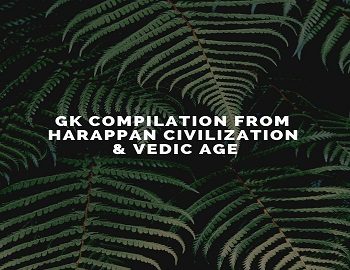
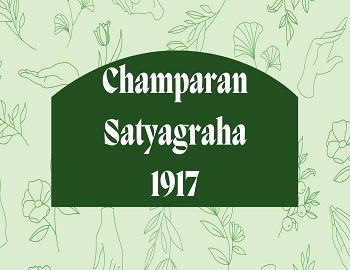


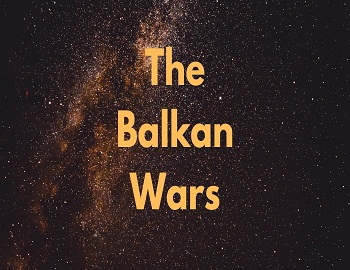
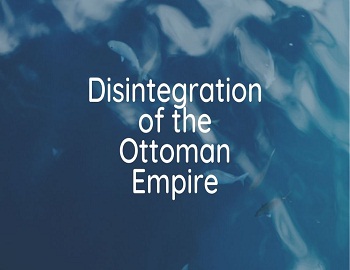


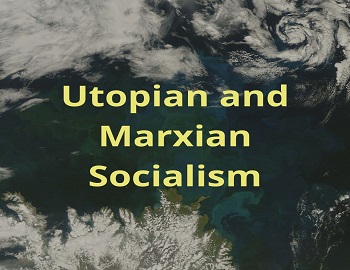
Comments (No)